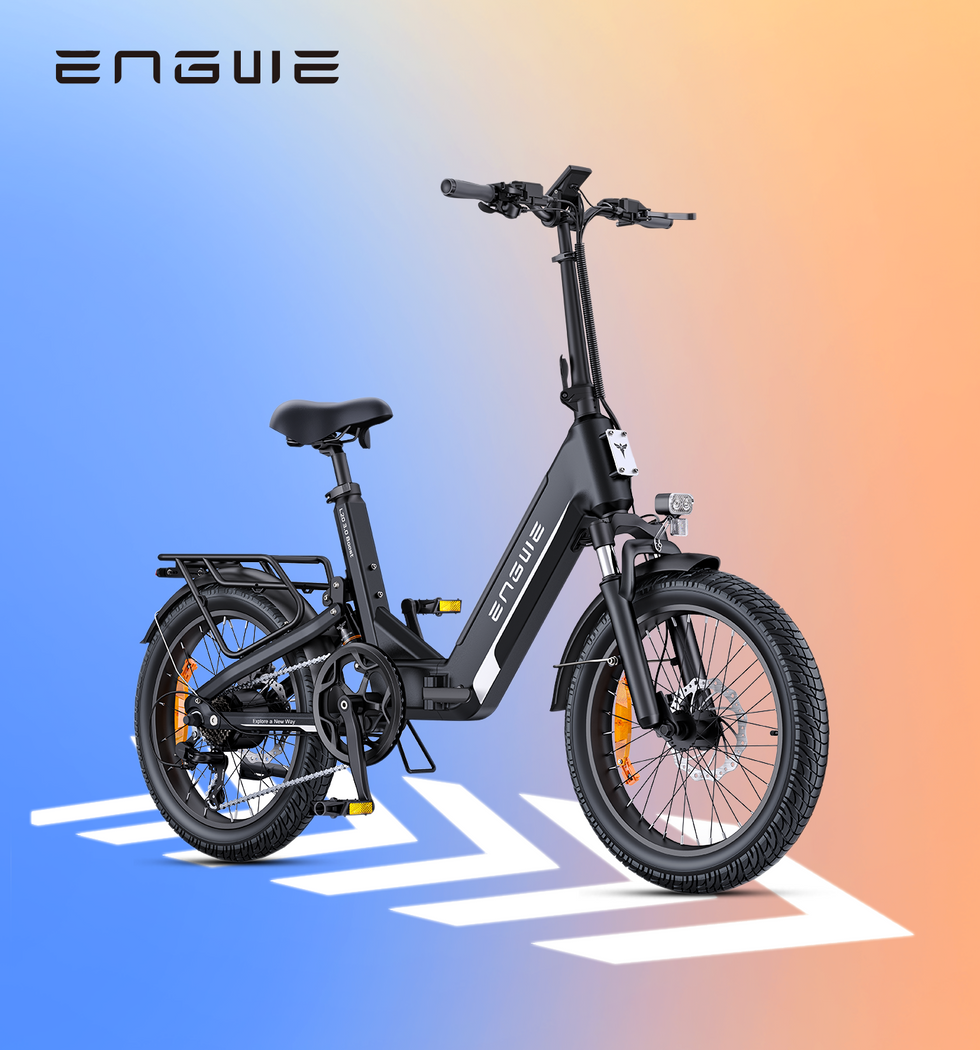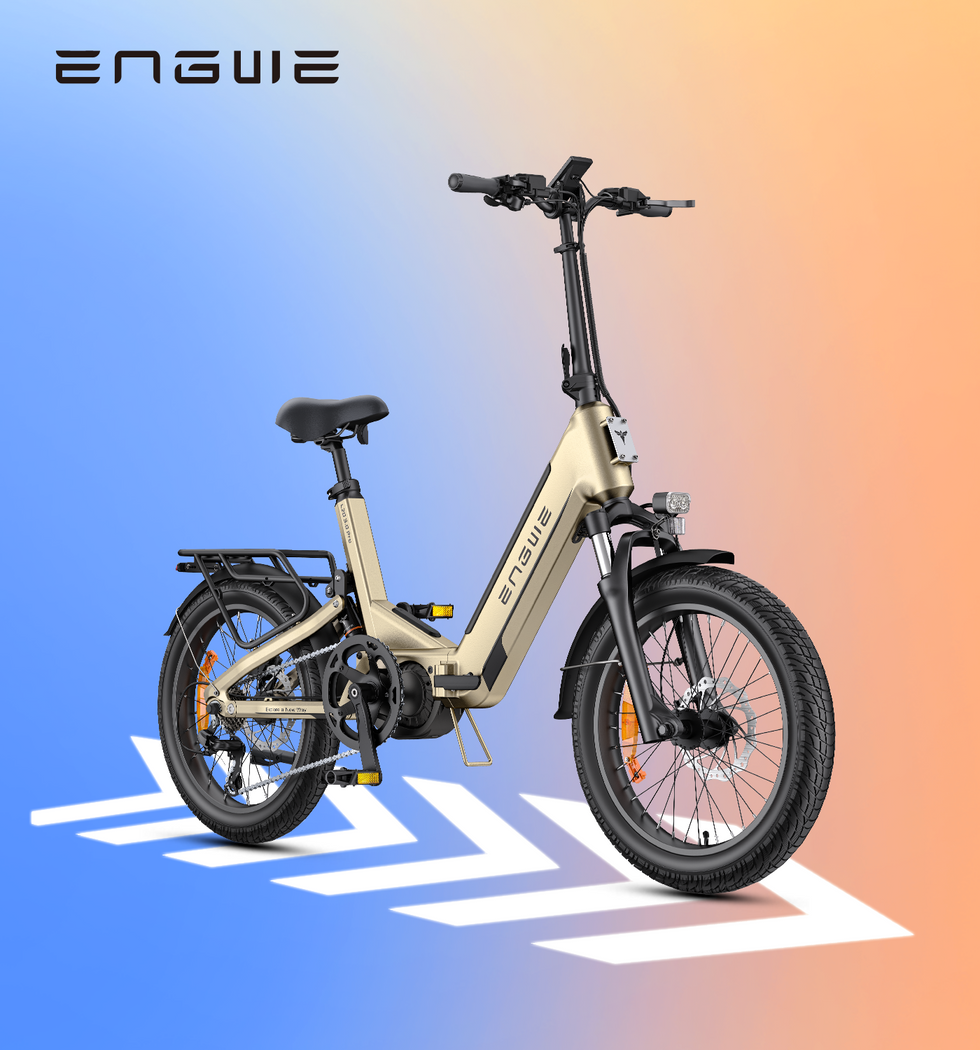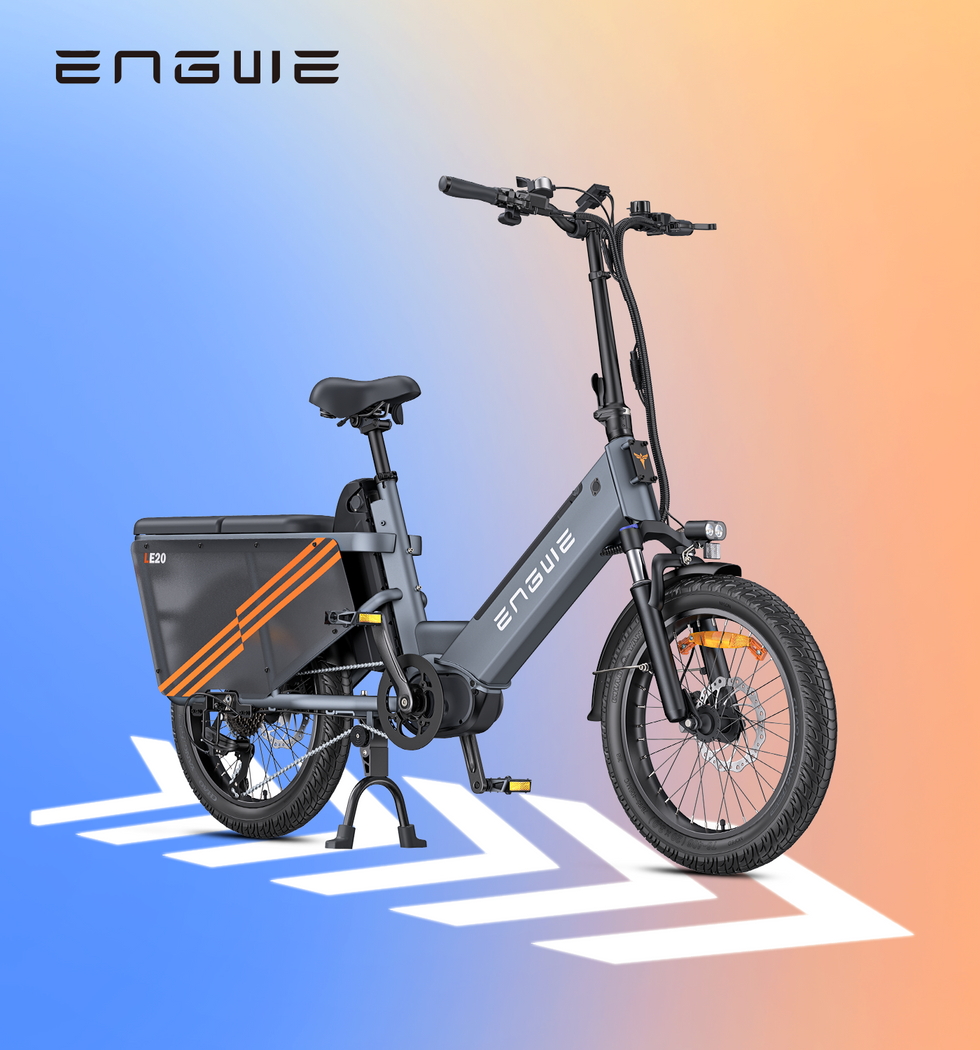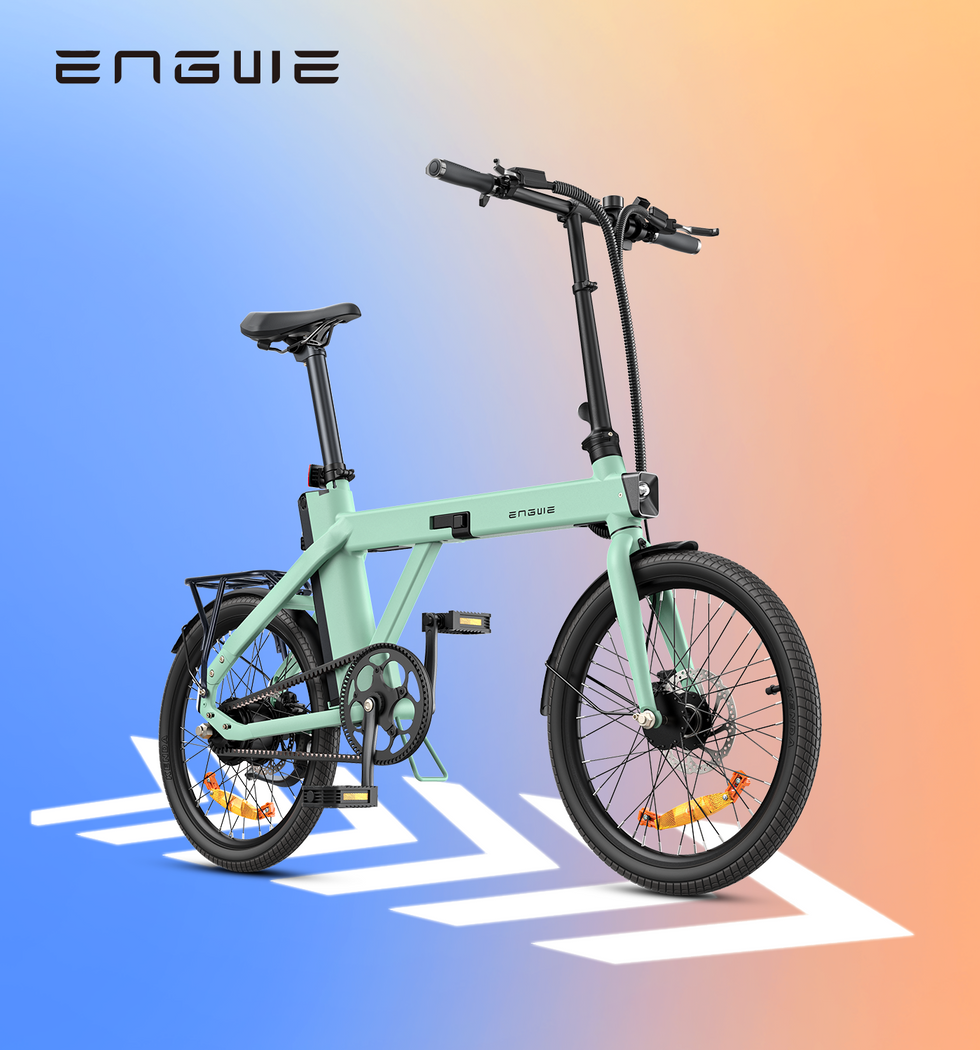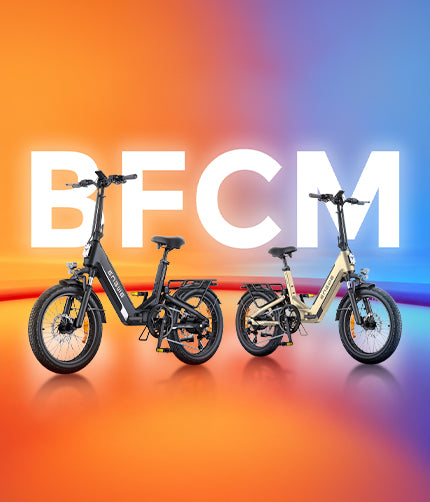What is a Friction Drive E-Bike Kit? Pros and Cons
A friction drive kit may be one of the easiest and most cost-effective paths to upgrading your traditional bicycle to a powerful electric one. In this guide, we will explore everything you need to know, including core technology and critical selection tips, and recommend some possible products, as well as explain how to maintain them. We will guide you through the jungle of options, helping you choose a kit that will perfectly balance performance, budget, and ease of use for your particular needs. Before making a purchase, you should understand exactly how a friction drive system works and whether its unique features suit your riding style and the areas where you usually ride. The core idea is a roller is attached to a motor and turns against the tire of your bike – the driven friction propels you. It is so simple, but this design feature simultaneously defines its key advantages and key disadvantages. The best purchase is an informed purchase.
Simplicity and ease of installation
Friction drive kits are among the least complex and can also be installed via basic tools, which has always made them very popular among DIY enthusiasts. The motor unit itself conventionally mounts either next to or underneath the rear wheel or under the bottom bracket.
Lightweight design
In comparison to hub and even mid-drives, friction drive systems are the least encumbering. This minimal addition to the overall bike mass imparts a minimum load on the bike, ensuring it retains its handling in most conditions.
Affordability
Friction drives are also traditionally the cheapest way of entering the world of e-bikes. It offers a convenient way to electrify your ride at a pretty low financial threshold.
Excellent compatibility
As friction drives interact solely with the tire, they can often be mounted on more diverse frame types, including full-suspension and certain carbon frames, a feature that disadvantages other kit types.
Critical disadvantages to consider include:
- Tire wear: This rubbing abrades the tire, shortening its lifespan. This can be somewhat mitigated with a softer urethane roller but offers far less added grip.
- Wet conditions: As the tire surface becomes wet or coats with mud, the roller itself will start slipping, creating an extreme loss of power or a simple inability to apply it altogether.
- Efficiency and noise: Friction drive systems are also inclined to have lower efficiency, creating pronounced heat and noise. The motor itself creates a distinctive whirring sound during operation.
The Key Selection Criteria for the Best Friction Drive Kit
Picking the most powerful motor isn’t enough to ensure you’re getting the right kit. You’ll need to balance a few complementary factors: this includes ensuring your chosen kit best suits your bike, budget, and performance expectations. Attention to all relevant details can help you secure a high-quality system while saving money by avoiding expensive mistakes. One of the most critical money-saving aspects is buying a kit with a good-quality battery management system and getting a high-quality battery with reputable battery cells. A cheap battery will only degrade and become malfunctioning, which will end up costing you more.
Motor Power and Voltage
Note the most prevalent and recommended options for all noted parameters.
Wattage
The majority of the available kits come in power tiers ranging from 250W to 1000W. A 250W motor is ideal for ensuring legality in most parts of the world because it only pushes or assists casually. The higher the “W”, the better your hill climbing will be.
Voltage
Typical voltages for biking motors are 24V, 36V, and 48V. Higher voltage generally implies more power and snappier acceleration.
Battery Specifications
Capacity
Find the capacity for your kits in either Amp-hours (Ah) or Watt-hours (Wh). A battery with a higher rating implies more time between charges.
Placement
There are various mounting variants which can go on the rear rack or the frame’s triangle (also called bottle cage mounts).
Roller Design and Material
Material
Friction wheels can either have a urethane roller, be rubber-plated, or abrasive grit-coated. The abrasive grit one can have the best grip but will wear the tire, making the urethane one a sound mid-way choice.
Diameter
Generally, small diameters will give more torque; with a larger diameter, you will go faster. For example, a larger diameter will make you accelerate to 30 mph on level terrain.
Bike Compatibility Checklist:
- Tire Type and Size: Ensure the kit is compatible with your tire width and diameter. Knobby mountain bike tires can make your ride bumpy and inefficient. Slick or semi-slick tires are the best.
- Frame geometry: Ensure there is enough clearance where the motor unit will be attached; check the chainstays, seat stays, and the racks or fenders still on your bike.

Top Friction Drive E-Bike Kit Recommendations
With the above considerations complete, you can go ahead and purchase any of the following highly regarded friction drives that cater to different needs and priorities. Each recommendation is known for innovation, reliability, and unique design features, helping you start your journey to finding the best system.
Rubbee X
This is potentially the most user-friendly and modern friction drive to own. The main innovation is the friction drive being wireless, adopting a modular battery system.
Standout Features:
- Wireless Cadence Sensor: Forget about the wires to the handlebar, as the sensor is wireless for a cleaner installation.
- Modular Batteries: Either one, two, or three batteries can be installed based on your choosing to customize the range and weight.
- Quick Release Mounting System: Allows the unit to attach or detach from the bike in a few seconds.
- Regenerative Braking: Aids in slightly charging the batteries when decelerating.
ONwheel
A premium German-engineered kit known for the element of aesthetics, efficiency, and a build that is reliable and robust. It is a perfect choice to opt for if high performance and mechanical dependability characterize your requirements.
Standout Features:
- High-efficiency motor: Factor this in when quantifying how efficiently your motor is converting electrical energy to mechanical energy.
- Adaptable design: Various positions can be installed with different roller types.
- Powerful performance: Available models provide substantial torque for their class.
Bimotal Elevate
This system offers a unique design, attaching to your bike’s rear disc brake mount and driving a gear that meshes with the brake rotor bolts. This design allows it to bypass tire contact altogether.
Standout Features:
- No tire wear or slippage: By skipping the tire, it completely solves the two biggest problems with traditional friction drives.
- Extremely lightweight: The motor unit is tiny and adds minimal weight to the bike.
- High power output: Despite its small design, the Elevate has a surprisingly powerful motor, sometimes even enough for steep climbs.
- Quick installation: It allows for quick attaching and removal so that you can easily swap between e-bike and regular bike modes for different types of rides.
| Feature | Rubbee X | ONwheel | Bimotal Elevate |
|---|---|---|---|
| Power Transfer | Tire roller | Tire roller | Disc brake mount |
| Key Advantage | Wireless & modular | High efficiency and quality | No tire wear/slippage |
| Installation | Easiest (quick-release) | Moderate | Easy (requires disc brakes) |
| Best For | Commuters, casual riders | Discerning riders, tinkerers | Performance seekers, MTB |
An Alternative to Consider: The Integrated Power of a Mid-Drive E-Bike
Friction drive kits can be a fantastic, hassle-free, and DIY way to electrify your bike. However, for a truly integrated, powerful, and overall seamless riding experience, it is best to opt for a purpose-built electric bike with a mid-drive motor. A brand with exceptional quality and technology in this regard is ENGWE, with their example of the ENGWE L20 3.0 Pro.

Unlike kits, where components are not designed to work with each other, the electric bike has a single design vision.
Unmatched Performance and Comfort
- Powerful Mid-Drive Motor: A high-performance 250W Mivice mid-drive motor with 100Nm of torque. The acceleration is powerful and natural, and climbing steep hills is effortless. To provide an exceptionally smooth urban ride, the L20 3.0 Pro is the first compact e-bike with a full suspension system, which absorbs up to 90% of vibrations.
- Exceptional Range: A 720Wh Samsung battery with an exceptionally long range of up to 160km and an 8A fast charger will get you back on the road in no time.
Advanced Technology and Security
- Smart Torque Sensor: The torque sensor will provide you with a perfect balance and pedal assist system that feels like it’s an extension of your own power. The ENGWE IoT module provides smart protection against theft for your peace of mind, with real-time alerts and GPS tracking, as well as app monitoring.
- Premium Components: From the hydraulic dual-piston brakes and 7-speed Shimano drivetrain to Bridgestone’s 3mm anti-puncture urban tires, all elements have been subjected to easy and tested maintenance.

Installation, Maintenance, and Performance Optimization
DIY Installation Checklist
- Step 1: Thoroughly Clean. Before mounting, clean the area on your frame and tire where the kit will be installed.
- Step 2: Check Tire Pressure. This is a critical step. Inflate your tire to the maximum recommended PSI. A firm tire provides the best surface for the roller, making the system more efficient and reducing wear.
- Step 3: Secure All Mounts. Tighten all mounting bolts firmly. Avoid over-tightening and damaging your frame. If you have one, use a torque wrench to make sure they are tight enough.
- Step 4: Align the Roller. Ensure the roller is perfectly perpendicular to the tire tread and applies firm, even pressure. Misalignment is the leading cause of poor performance and excessive tire wear.
Essential Maintenance Routine
- Clean the Roller. Regularly wipe down the drive roller to remove any embedded dirt or debris.
- Inspect Your Tire. Check for signs of accelerated wear or uneven wear. Rotate or replace the tire if necessary.
- Check Connections. Periodically ensure all electrical connections are secure and all mounting bolts are tight.
- Battery Care. Store your battery in a cool, dry place. Avoid leaving your battery fully discharged or fully charged for long periods, as this stresses the battery and reduces its lifespan. A state of 40-80% charge is ideal for long-term storage.

Frequently Asked Questions
Q: Is a friction drive kit good for rain?
A: No. This is their biggest weakness. The roller can slip on a wet tire, which can cause a significant or total loss of power assist. These systems are best for dry climates.
Q: Will it definitely damage my bike tire if I use a friction drive kit?
A: It will not damage the tire, but it will wear it down much faster. The rate of wear depends on the roller’s material, your tire pressure, and how frequently you ride. High-quality materials and proper pressure will minimize the impact.
Q: Can I install a friction drive kit on any bike?
A: Kits have a high level of compatibility, but it's not 100%. You may face issues with some full-suspension frames, odd dropout designs, or a combination of wide tires and tight clearance. Before buying, check the kit’s specs with your bike’s measurements.
With all this information, you are now prepared to choose the best conversion kit to electrify your bicycle!

